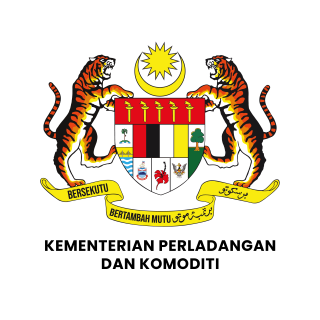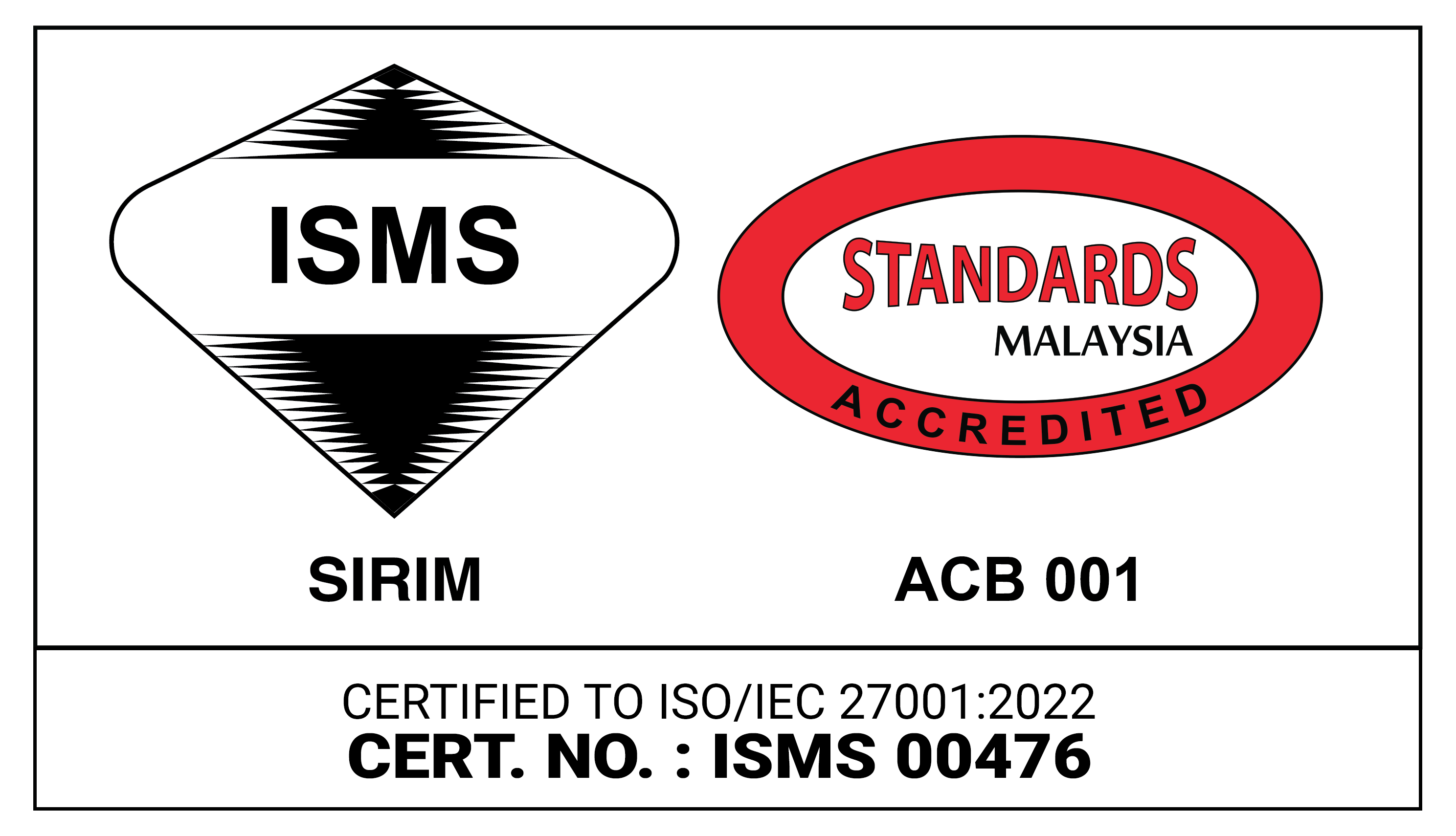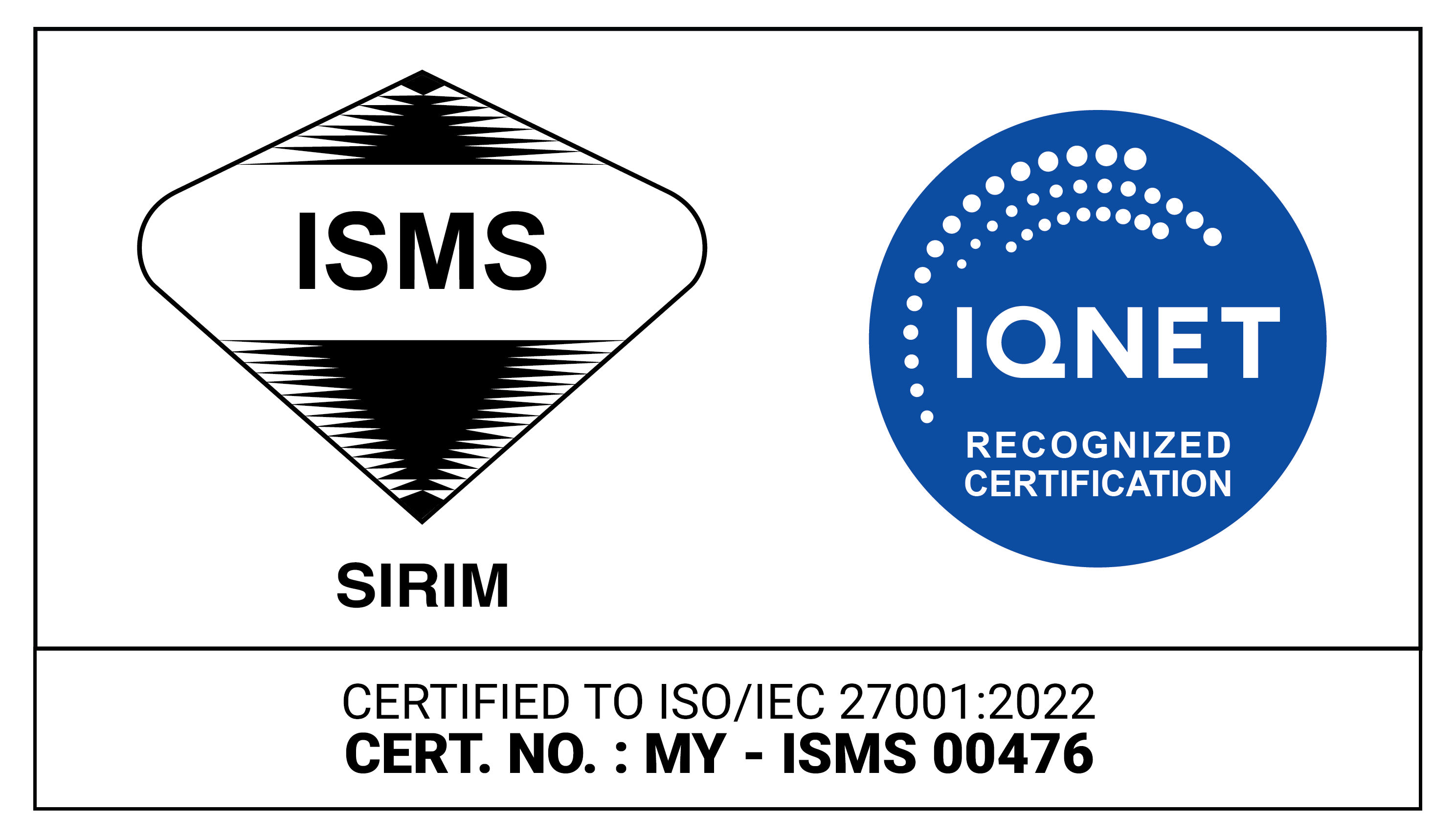RUBBER has proven to be a vital material during the Covid-19 pandemic – latex surgical gloves for one have been life-saving for the millions of crisis frontliners around the world, medical and non-medical alike.
But if you think rubber trees are grown just for their latex or rubber elastomer to manufacture tyres, gloves, condoms and other related products, think again.
Malaysian Rubber Board (MRB) scientists are moving beyond this with attempts to shift its paradigm from supplier of “high volume, low value” commodities to one that produces fine chemicals of “low volume, high value”, and they are succeeding.
MRB deputy director-general (Research & Innovations) Dr Amir Hashim Md Yatim says the research is made possible by the MRB’s venture into the creation of transgenic rubber trees that produce pharmaceutical proteins in latex.
“We have our very own transgenic rubber trees in our research centre in Kota Tinggi. You can say these trees are truly green pharmaceutical factories.
“Our scientists are on the verge of an anti-dengue breakthrough from a specimen of the latex from these trees.
“The MRB is not a commercial organisation. We come up with findings and innovations that can be used by commercial organisations on a contractual basis. We may not be blowing our own trumpet but we are making inroads,” he tells Sunday Star in an interview.
Dr Amir: ‘The development of a cost-effective vaccine from our transgenic rubber plant would have a big impact as it would mean we can develop our own local vaccines to combat endemic diseases.’
He says the transgenic rubber trees, which he describes as MRB’s treasure, and any other genetically modified plants are subjected to biosafety regulations, adding that they are subject to a 20-year lease obtained from the National Biosafety Board. They are grown in a confined location in Kota Tinggi, Johor, for research and development purposes only.
Malaysia first planted the transgenic rubber trees in 2012 and can only expect to move into commercialisation after the completion of research and development activities within the allotted time period.
According to Dr Amir, one of his lead scientists, Dr E. Sunderasan, who was working on the anti-
cancer drug from this latex serum a few years ago, is responsible for this breakthrough.
“When the cancer drug that he found could not be continued for several reasons, it struck him that the results indicated that this latex serum had chemical properties that could kill other viruses,” he says.
Dr Sunderasan, who has worked extensively on latex proteins, was mindful that dengue fever is a disease that infects almost 400 million people worldwide every year and is Malaysia’s most prevalent infectious disease that needed urgent attention. So it struck him then that it would be worth a try.
He explains the results: “So far, the tests showed that the protein from this latex serum could wipe out all the dengue virus population in the bloodstream during the pre-infection stage. During the second stage of tests, we discovered that the serum prevented the virus from attaching itself to the host cells.
“In addition, the serum compound was able to halt the virus from injecting genetic material into the host cells. In layman’s terms this means that once in the bloodstream, the serum cannot infect the host cells. We were overjoyed, as this is promising.
“This is a significant milestone as we are only left with the final test in the preclinical stage of drug development. That is to see if the compound can destroy the virus in living organism like cells,” he says.
Barring any unforeseen circumstances, the final phase of his discovery, which involves this specific clinical trial, will place MRB and Malaysia prominently on the global pharmaceutical map.
“I never thought I’d be doing what I am doing now – investigating the fine chemicals of the rubber tree to try and save lives,” says the soft-spoken scientist, whose first brush with rubber was when he was about three years old and living in the rubber town of Baling, Kedah. But it wasn’t the tree or plantation that he came to know; rather, his friends in the nursery used to play games with rubber seeds.
Currently, Dr Sunderasan has applied for a RM300,000 grant from the MRB to complete the in vivo (on living organisms) test.
“Once successful, only then can it be patented to look at the possibility of establishing clinical trials on human beings and commercialising the finding.
“We pray that the final test will succeed and put MRB on the world pharmaceutical map,” he says.
Terrific trees: Malaysia first planted transgenic rubber trees in 2012 and can only expect to move into commercialisation after the completion of research and development activities within an allotted time period. — Photos: Malaysian Rubber Board
The scientist, who hails from Butterworth in mainland Penang, says he sought the help of scientists in Universiti Malaya to do a battery of in vitro tests as contract research at the laboratories there.
Dr Sunderasan says he started this research in 2015 when he was forced to call off the final stage of a preclinical investigation of a potential anti-cancer drug from latex serum.
While the drug effectively killed a few different cancer cells within two days, it was later found undesirable as it induced mutation in normal cells.
“It would have been too expensive to continue this research to find ways of stopping the mutation to make it safe for cancer treatment. I made some headway but I had to call it off,” he tells.
If Dr Sunderasan and MRB succeed in this huge endeavour, it will add much value to latex via transgenic technology and other inherent fine chemicals. This would certainly uplift the struggling mainstream rubber industry in Malaysia, says Dr Amir.
“The development of a cost-effective vaccine from our transgenic rubber tree would have a big impact as it would mean we can develop our own local vaccines to combat endemic diseases.
“This will mean we have the proverbial golden goose in our hands. We have many global innovative successes under our belt that have mainly been kept under wraps. But this will be a great success for MRB.”
https://www.thestar.com.my/news/focus/2020/04/05/mrb-a-step-away-from-creating-an-anti-dengue-success
Source: thestar.com.my/By K. PARKARAN








